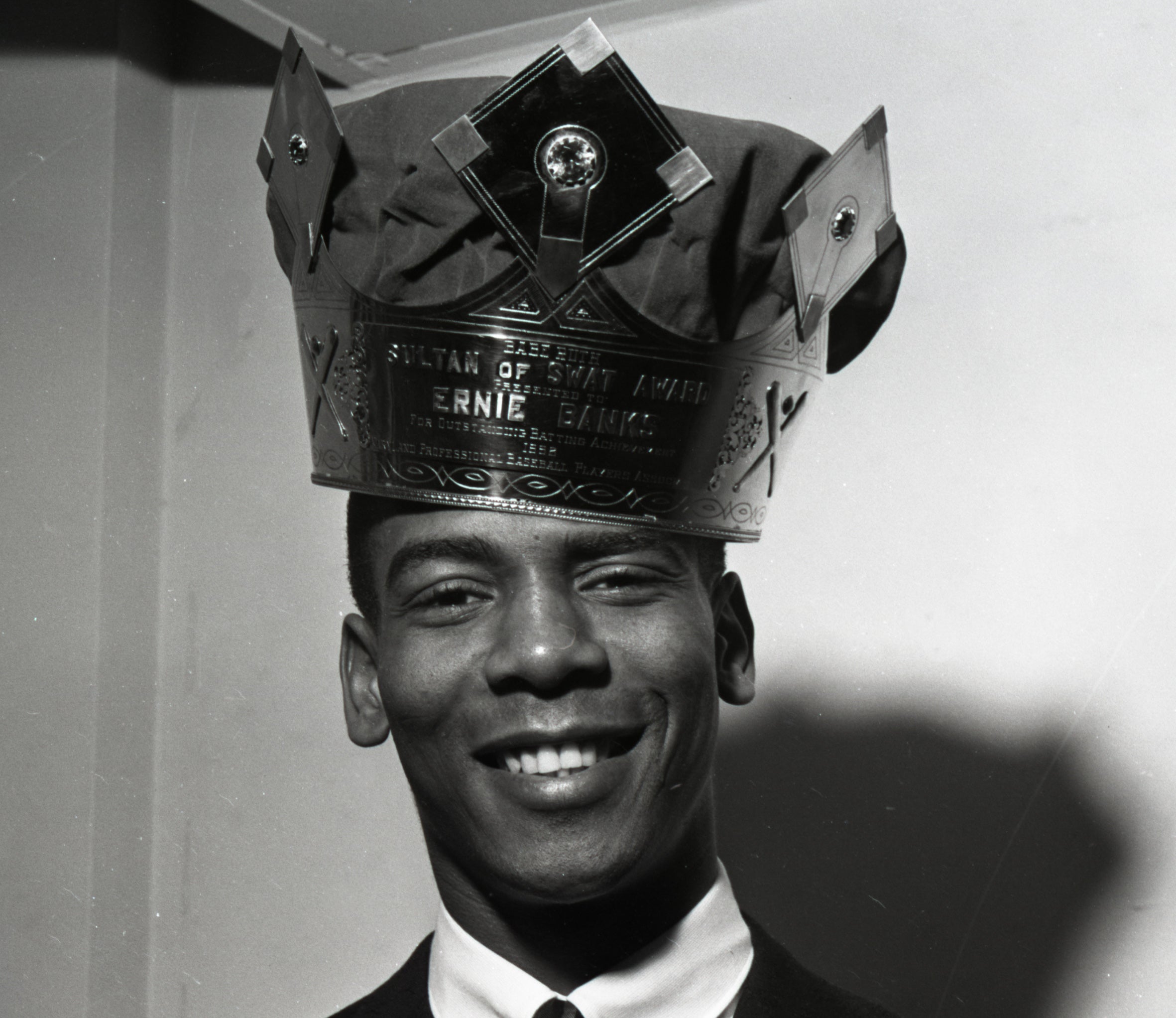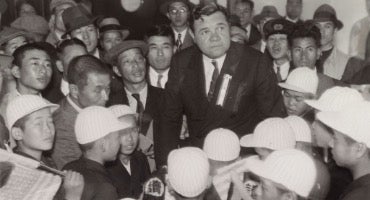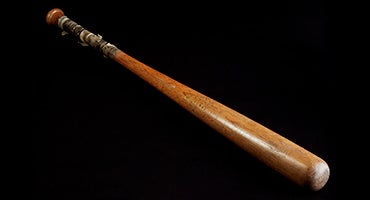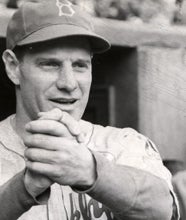- Home
- Our Stories
- #Shortstops: Chicago Sign
#Shortstops: Chicago Sign
If you were to stop a baseball fan on the street and ask them who was the first player to integrate baseball, you would likely receive the answer, “Jackie Robinson.”
While that may be true, as Robinson was the first professional baseball player to break the longstanding color barrier in the National League, not every fan knows who followed shortly after. For the city of Chicago, 1953 was the year the Cubs welcomed their first Black player: Ernie Banks.
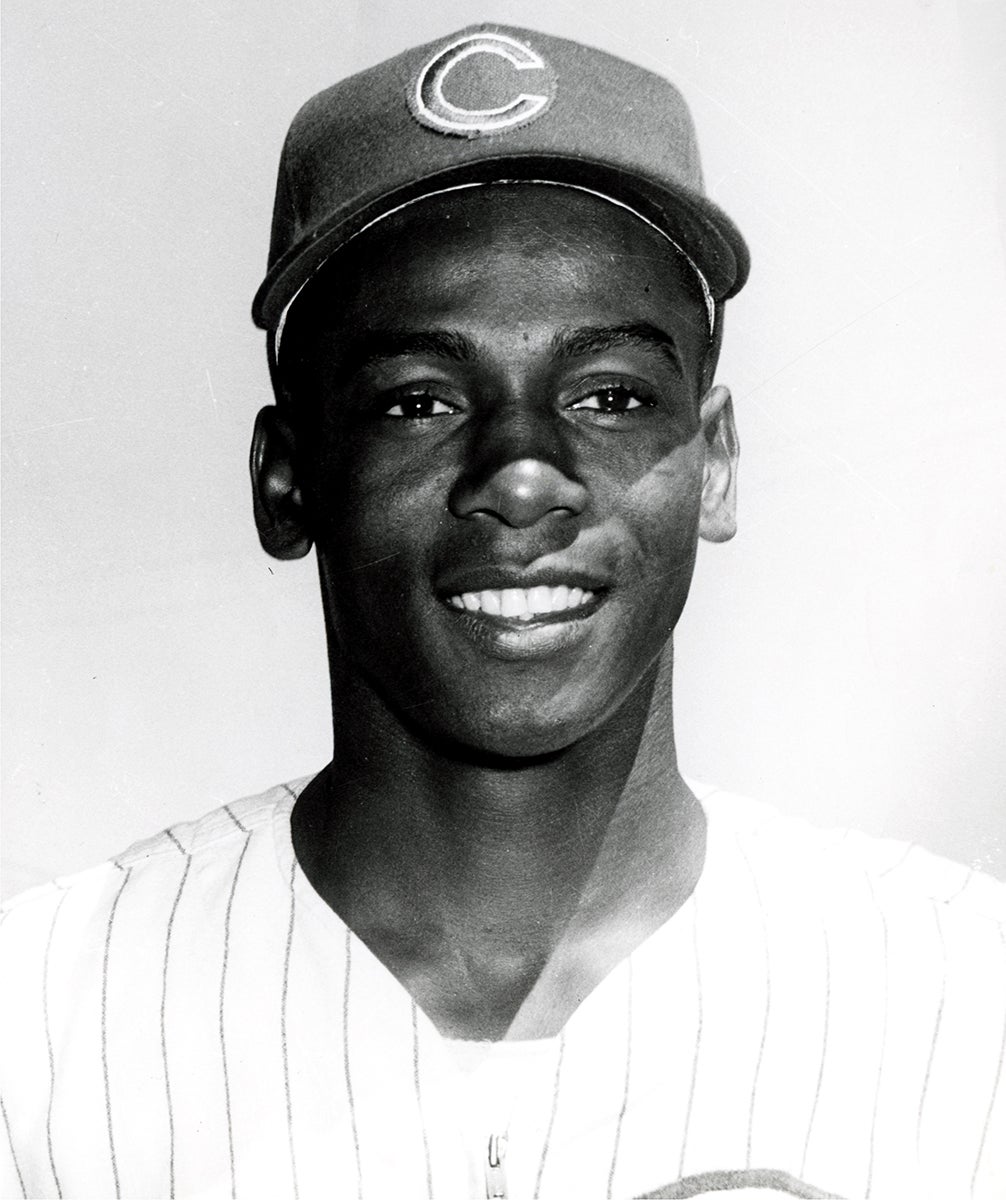
Banks, known lovingly as “Mr. Cub,” was the definition of baseball in Chicago during the 1950s and 60s. During the 1954 season, Banks started every game at shortstop, finishing second in the NL Rookie of the Year race and 16th in the NL MVP voting. The first to win two consecutive NL MVP Awards in 1958 and ’59, and the winner of the 1960 Gold Glove Award for NL shortstops, Banks was one of the most talented players in Cubs history. In 1970, he joined the 500-home run club, the ninth player ever to do so. Earning 14 All-Star elections, and named to the 1999 MLB All-Century Team, Banks was among the most honored players of his time.
While Banks’ statistics speak for themselves, there’s so much more to the history of baseball than numbers and awards. Baseball is a sport that connects generations, actively writing new history with every game played. Ernie Banks, for nearly two decades, was one of the faces of baseball’s reintegration. At the National Baseball Hall of Fame and Museum, stories like Banks’ become cornerstones of interpreting vast and difficult topics such as reintegration.
Elected to the Hall of Fame in 1977, Banks had already accrued a lifetime of stories about baseball, life lessons, and the friendships he made along the way. Take Leo Durocher, who managed the Cubs from 1966-1972. Banks was one of a small handful of players whom Durocher truly admired. Durocher, not known for favoring the “nice guys,” said: “Banks is one nice guy who finished first - but he had the talent to go with it.”
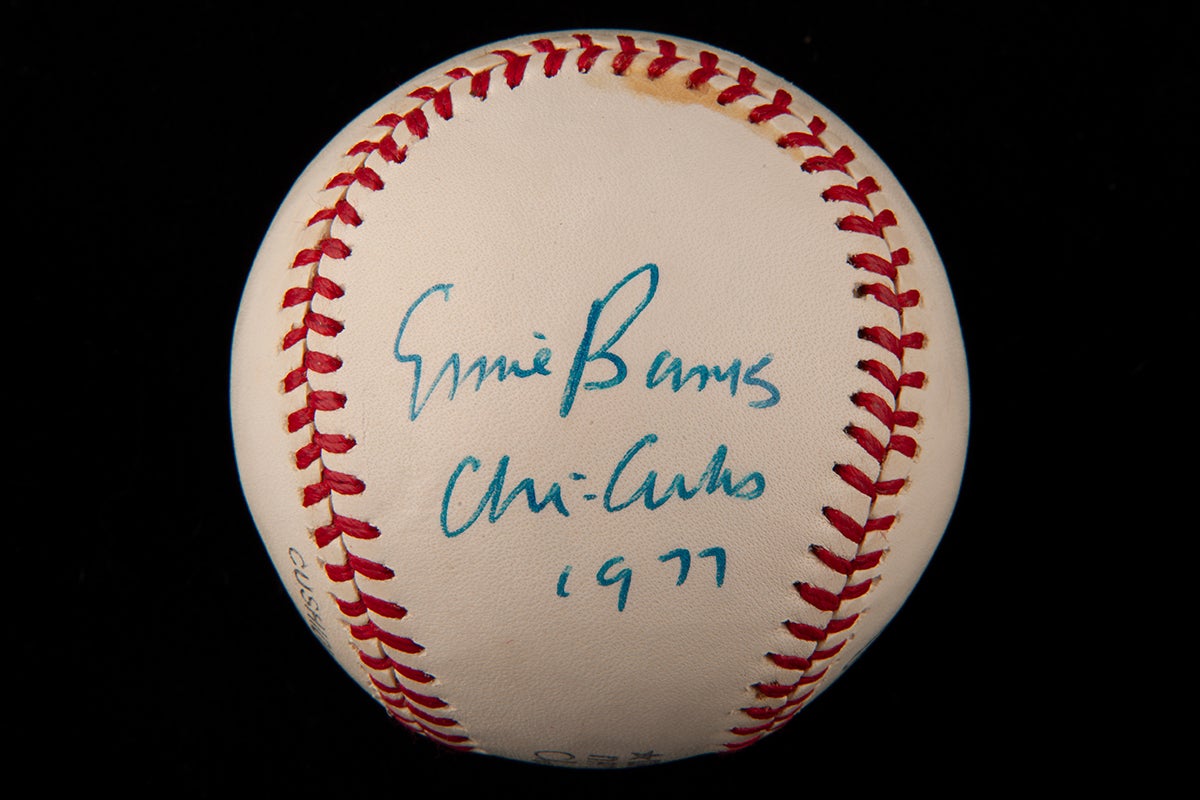
During his time at the helm of the Cubs, Durocher and Banks worked closely together, writing an extensive chapter in Chicago and major league history.
At first glance, Banks and Durocher’s relationship seems typical of a manager and player. However, Durocher not only played Banks while overseeing some of the best years of his career, but he deeply admired Banks. Durocher, knowingly or not, set an example for managers during this time by managing Banks the same way he did the rest of the team.
The National Baseball Hall of Fame has in its collection a ball signed by Ernie Banks in 1977. Today, when looking at this ball, one may see just that, a signed ball. But for Cubs fans throughout several generations, the baseball is a symbol of one of the greatest players in team history – a history that is preserved in Cooperstown.
Maryrose Hicko is the 2024 collections intern in the Frank and Peggy Steele Internship Program for Leadership Development

